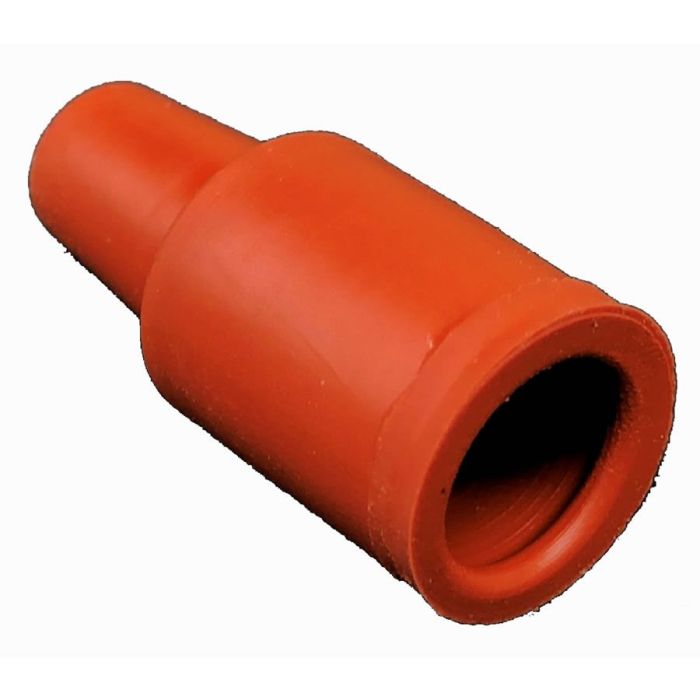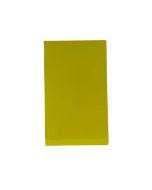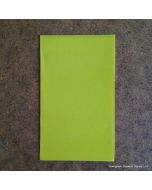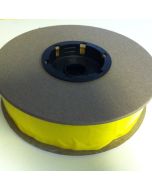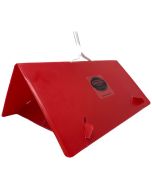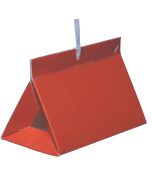Grape Berry Moth Lure
Latin Name: Endopiza viteana
Lure: Red Rubber Septum
Lure Active Ingredient: Z9-12Ac and Z11-14Ac
Field Life: 30 days
Trap to Use: Red Paper or Plastic Delta Trap
Monitoring Strategy: Hang traps at randomly spaced intervals throughout a field or vineyard. When trapping for multiple different species, space traps by at least 20 m. Check with Cooperative Extension or Master Gardener for local information and recommendations.
Cultural and Physical Control: Inspect for damage to stems, flowers and “stung” berries.
Distribution: Eastern North America and Western Colorado
Hosts: Grape varieties, Blackberry, Sassafras and False Indigo.
Description: Adults: The wingspan ranges from 8 to 13 mm. The forewings are brown with a mild purplish sheen and a band in the middle of the wing, with a wing pattern similar both to other Nearctic species. The lighter hindwings, which are more cream-colored, are folded beneath the forewings when in rest. The head and body are brown.
Larvae: Newly hatched larvae are about 1 mm long and creamy white or yellow-green in appearance. They turn purple as they mature and grow to a length of roughly 8 mm.
Life Cycle: Depending on weather and location, the species occurs in two to four generations per year, with generations above a second being more common in the southern areas of its range but occasionally happening in the northern areas as well. The last generation overwinters in the pupal stage. Adults are on wing from roughly March to August, depending on the weather and location. The first-generation larvae feed on flowers, growing fruit clusters and tender stems from the outside, the later generations of larvae do not feed externally, but tunnel into the berries, feeding from within. This causes red spots on the grape berries at the point of entry. Grapes affected in such a way are known as "stung" berries. A single caterpillar may go through two to six, clusters, blossoms, stems or berries before pupating.
